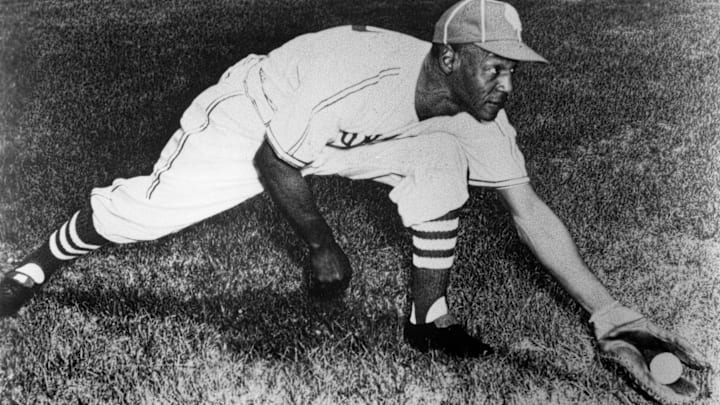The KC Royals need to attack the alleys!
Because the Royals' offense cannot fall back on the home run due to Kauffman's park factors, they need to produce runs in other ways. One way to achieve this is to buck the trend of the three true outcomes that other teams are so focused on.
Just as other teams might take advantage of The K's power alleys, the Royals could build a team with those alleys as the focus of their offense. How would they achieve this? By zeroing in on high-contact players with line drive ability and doubles power.
Hitters do not have to be All-Stars at the plate to be successful in Kauffman Stadium. In 2014, it was a shock when Ned Yost put aggressive-swinging shortstop Alcides Escobar in the leadoff spot. It was a smart move. Despite not being a high-average hitter, Escobar averaged over 25 doubles and 65 runs a season as a Royal primarily because he was so well-suited to hitting the power alleys in Kauffman. Escobar's two best hitting seasons were 2014 and 2017 when he hit 34 and 36 doubles with line-drive rates of 26% and 26.2%.
Escobar is a good metric for Kansas city's front office to build upon. He was a stellar defender, a great role-player on offense, and a dependable ironman who rarely missed a game.
Thanks for joining me for this first edition of Buck the Trends!
